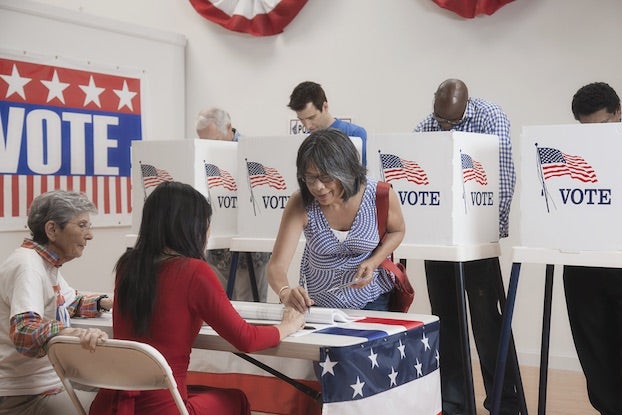ACT average drop sign of more participation
Published 11:10 am Sunday, August 31, 2014
Louisiana’s average ACT score dropped for a second year in a row. That’s not the whole story, though, according to the state Department of Education.
The state’s students averaged a 19.2 score on the ACT in 2014, compared with a 19.5 in 2013 and a 20.3 in 2012.
In 2013, Louisiana began requiring all public school seniors to take the test. That has resulted in a dramatic increase in the number of test results — 36,736 students took the test in 2012, compared with 49,178 in 2014.
A larger number of students required to take the test, of course, more accurately reflects the average of the population. It has also resulted in a record number of Louisiana students logging ACT scores that show they’re prepared for college, according to the state Education Department.
Students who are considering career paths that don’t require college now have to take the test.
But “research from Columbia University shows that many students who otherwise had not planned to take the ACT, especially those from low-income backgrounds, score unexpectedly well when given access to the test,” reads a department news release.
The state stopped “cherry-picking students to take the ACT,” Superintendent John White said.
More state students are qualifying for TOPS, as well as top universities.
White, though, also acknowledged that the state is still not where it needs to be.
Louisiana continues to fall below the national average. Among the 11 states that test all seniors, only Mississippi and North Carolina had lower averages. Utah led the 11 states, with a 2014 composite average of 20.8.
In particular, Louisiana’s math scores faltered, White said.
More work needs to be done; in education, that always seems to be the case. It’s high time Louisiana made its way out of the bottom of the nation’s education rankings.
However, numbers don’t always tell the story. What may be perceived as a step back is a step forward in exposing more students to the possibility of higher education.





